Number System Conversion
As you already know decimal, binary, octal and hexadecimal wide variety structures are positional price variety systems. To convert binary, octal and hexadecimal to decimal range, we just need to add the product of each digit with its positional price. Here we're going to study different conversion among these variety structures.
Decimal to Binary
Decimal numbers can be transformed to binary by means of repeated division of the range via 2 while recording the remainder. Let’s take an example to see how this takes place.
Decimal To Binary
The remainders are to be examine from backside to pinnacle to gain the binary equal.
4310 = 1010112
Decimal to Octal
Decimal numbers can be converted to octal via repeated department of the number by using 8 whilst recording the the rest. Let’s take an instance to look how this happens.
Decimal To Octal
Reading the remainders from backside to top,
47310 = 7318
Decimal to Hexadecimal
Decimal numbers can be transformed to octal with the aid of repeated division of the variety by means of sixteen even as recording the remainder. Let’s take an example to peer how this occurs.
Decimal To Hexadecimal
Reading the remainders from backside to top we get,
42310 = 1A716
Binary to Octal and Vice Versa
To convert a binary number to octal variety, those steps are accompanied −
Starting from the least huge bit, make companies of 3 bits.
If there are one or bits much less in making the corporations, 0s may be delivered after the most substantial bit
Convert every organization into its equal octal variety
Let’s take an example to understand this.
Binary To Octal
101100101012 = 26258
To convert an octal wide variety to binary, every octal digit is transformed to its 3-bit binary equal in step with this desk.
Octal Digit zero 1 2 3 four 5 6 7
Binary Equivalent 000 001 010 011 one hundred one hundred and one a hundred and ten 111
546738 = 1011001101110112
Binary to Hexadecimal
To convert a binary number to hexadecimal wide variety, these steps are followed −
Starting from the least huge bit, make businesses of four bits.
If there are one or bits much less in making the organizations, 0s may be introduced after the most extensive bit.
Convert every group into its equivalent octal number.
Let’s take an instance to recognize this.
Binary To Hexadecimal
101101101012 = DB516
To convert an octal quantity to binary, every octal digit is transformed to its three-bit binary equivalent.
Microprocessor Concepts
Microprocessor is the brain of pc, which does all the paintings. It is a laptop processor that includes all of the functions of CPU (Central Processing Unit) on a unmarried IC (Integrated Circuit) or on the most some ICs. Microprocessors were first brought in early 1970s. 4004 became the first wellknown motive microprocessor utilized by Intel in building non-public computer systems. Arrival of low price widespread motive microprocessors has been instrumental in development of present day society the manner it has.
Microprocessor
We will observe the traits and additives of a microprocessor in detail.
Microprocessors Characteristics
Microprocessors are multipurpose devices that can be designed for regular or specialized features. The microprocessors of laptops and smartphones are popular purpose whereas ones designed for graphical processing or device imaginative and prescient are specialised ones. There are some characteristics that are common to all microprocessors.
These are the most critical defining characteristics of a microprocessor −
Clock speed
Instruction set
Word length
Clock Speed
Every microprocessor has an internal clock that regulates the rate at which it executes instructions and additionally synchronizes it with different components. The pace at which the microprocessor executes commands is known as clock speed. Clock speeds are measured in MHz or GHz where 1 MHz method 1 million cycles in keeping with 2nd whereas 1 GHz equals to one billion cycles in keeping with 2nd. Here cycle refers to single electric sign cycle.
Currently microprocessors have clock speed within the range of 3 GHz, that is most that modern technology can reap. Speeds greater than this generate sufficient warmness to damage the chip itself. To overcome this, producers are the use of multiple processors operating in parallel on a chip.
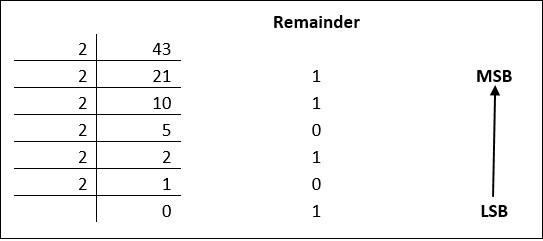
Word Size
Number of bits that can be processed with the aid of a processor in a unmarried guidance is called its word size. Word size determines the quantity of RAM that may be accessed at one cross and overall variety of pins on the microprocessor. Total range of enter and output pins in turn determines the architecture of the microprocessor.
First commercial microprocessor Intel 4004 became a 4-bit processor. It had 4 input pins and four output pins. Number of output pins is usually same to the variety of enter pins. Currently maximum microprocessors use 32-bit or sixty four-bit structure.

Instruction Set
A command given to a digital system to perform an operation on a bit of statistics is known as an training. Basic set of system degree instructions that a microprocessor is designed to execute is referred to as its practise set. These commands do perform these varieties of operations −
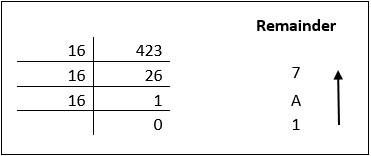
CPU
Bus
Memory
CPU
CPU is fabricated as a totally large scale included circuit (VLSI) and has those elements −
Instruction sign up − It holds the instruction to be done.
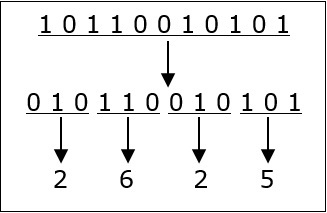
Decoder − It decodes (converts to machine level language) the preparation and sends to the ALU (Arithmetic Logic Unit).
ALU − It has essential circuits to carry out mathematics, logical, memory, check in and application sequencing operations.
Register − It holds intermediate effects received all through application processing. Registers are used for containing such effects rather than RAM because accessing registers is sort of 10 times faster than getting access to RAM.
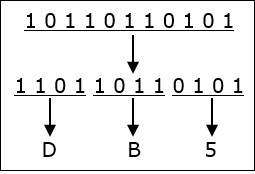
Bus
Connection lines used to attach the inner components of the microprocessor chip is referred to as bus. There are 3 forms of buses in a microprocessor −
Data Bus − Lines that bring records to and from reminiscence are called data bus. It is a bidirectional bus with width identical to phrase period of the microprocessor.
Address Bus − It is a unidirectional accountable for sporting deal with of a reminiscence location or I/O port from CPU to reminiscence or I/O port.
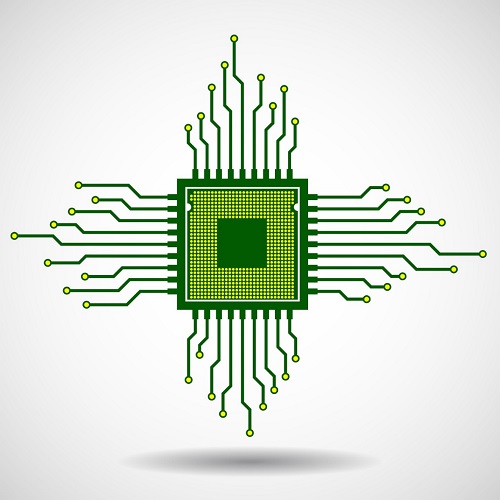
Control Bus − Lines that deliver control signals like clock indicators, interrupt signal or equipped sign are called manipulate bus. They are bidirectional. Signal that denotes that a tool is prepared for processing is called prepared sign. Signal that suggests to a tool to interrupt its process is called an interrupt sign.
Memory
Microprocessor has types of reminiscence
RAM − Random Access Memory is unstable reminiscence that gets erased while strength is switched off. All facts and commands are saved in RAM.
ROM − Read Only Memory is non-unstable reminiscence whose facts remains intact even after electricity is switched off. Microprocessor can examine from it any time it wants but cannot write to it. It is preprogrammed with most essential statistics like booting sequence by means of the producer.









0 Comments